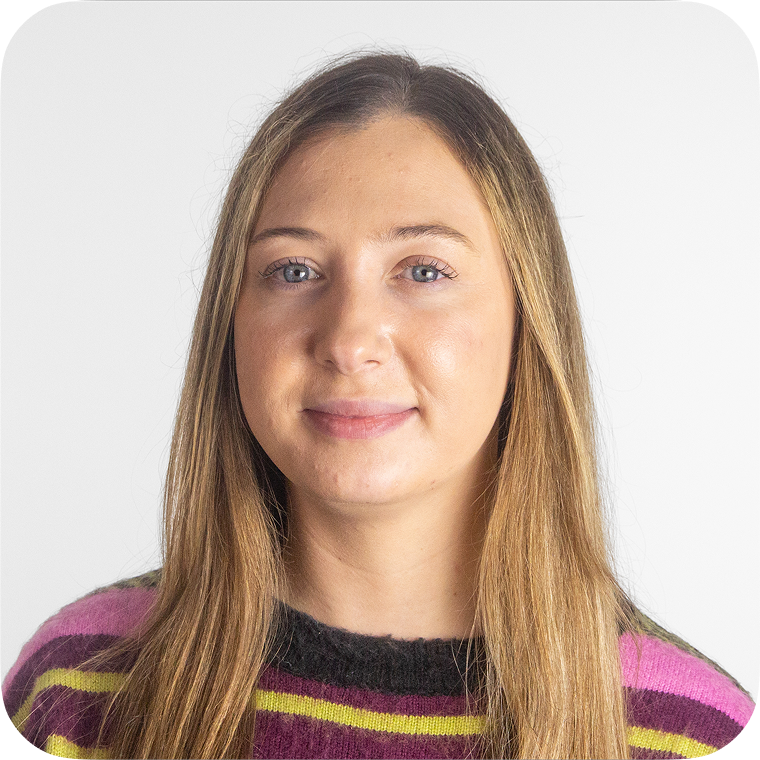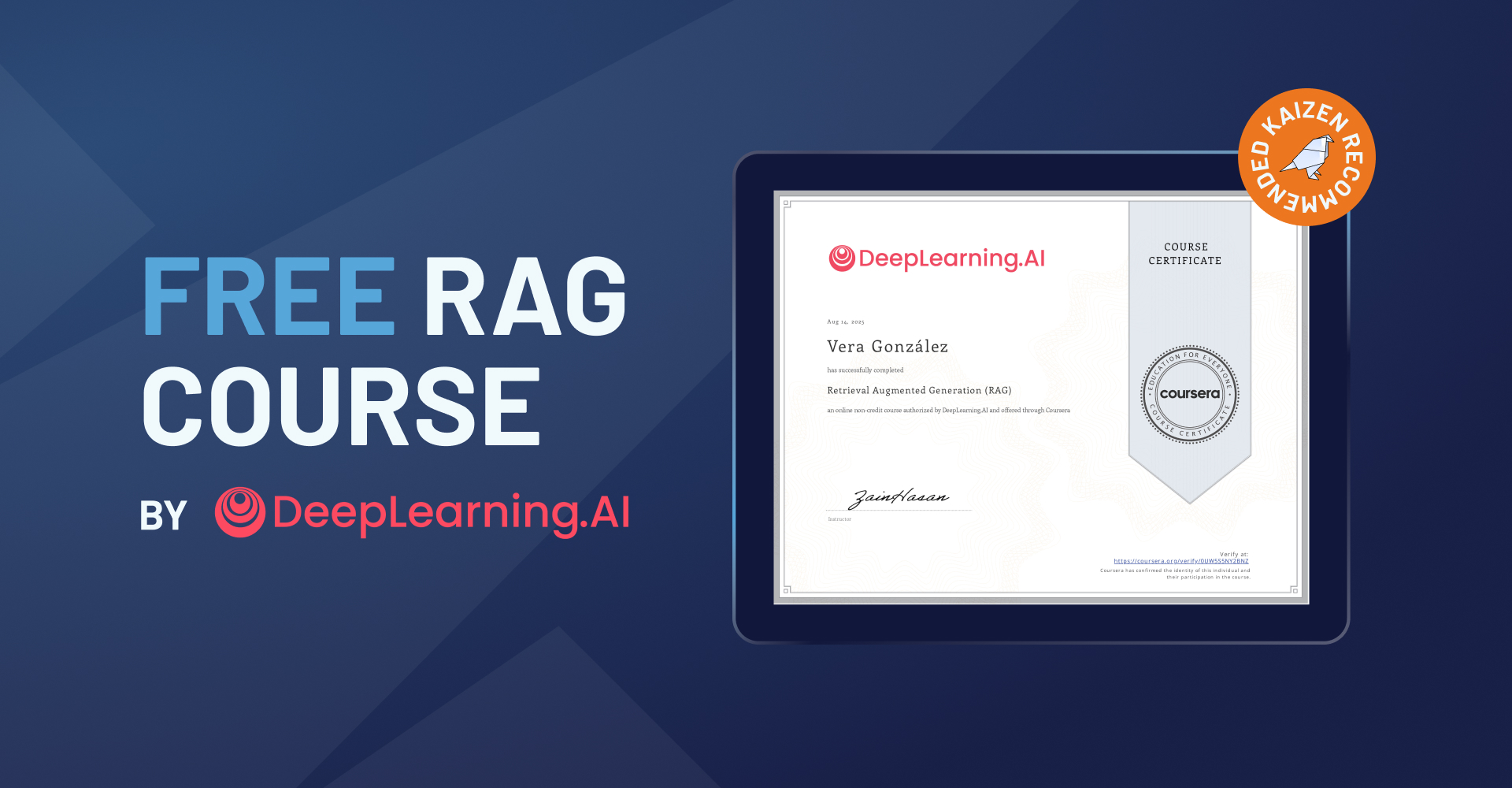When you’re growing fast in a decentralized structure, a simple question becomes hard to answer: Who’s doing what—and where are we stretched too thin, thriving, or missing something entirely?
Those questions sparked the creation of KaizenOS, an internal web app built to bring transparency into our organizational structure.
The Challenge: When Growth Outpaces Visibility
At Kaizen, we’ve always embraced a horizontal structure. That means decisions aren’t handed down from the top, they’re shaped and driven by the people doing the work.
In practice, this means a lot of our people wear multiple hats. A front-end developer working on a client project might also be leading initiatives in the Innovation Hub, a space where our engineers explore ideas and experiment with new technologies to push innovation forward, both internally and for our clients.
When we were a small team, this organic way of working just worked. Everyone knew who was doing what, and it was easy to collaborate or ask for help.
But as we grew to over 80 people, things started to get blurry. Who was owning what? Where were the gaps? Who was overwhelmed, and who had space to grow?
Our way of working hadn’t changed, but the scale had, and with that, we started losing visibility.
The Vision: A Tool to Enhance Transparency
The Innovation Hub took on the challenge. Our goal was to support how we already work, with a solution that makes things visible and easy to navigate for our team.
We imagined a tool that could:
- Map how our teams are structured
- Show current roles and active responsibilities
- Identify roles that are open or about to be vacated
- Highlight opportunities for rotation or shadowing
- Flag people who might be spread too thin
- Create context for people to grow into new roles
The Experiment: An AI-Assisted MVP
We didn’t want this to be a long project. We wanted to build fast, validate fast, and learn fast.
So we ran it like an internal experiment, using AI tools to speed things up. We set a clear constraint: no more than one person-month of total effort.
Here’s how we broke it down:
- ½ person-month – AI-assisted Developer
- ¼ person-month – AI-assisted UI/Designer
¼ person-month – AI-assisted Product Owner
We used Windsurf, an AI-powered IDE, to help us ship quickly. The goal was to build a working MVP in under 180 hours, and we made it.
This experiment also became about exploring what AI-assisted development can look like in practice. Could we reduce build time and cost while still producing something valuable? The answer was yes.
KaizenOS: Our Custom Operating System

The result is KaizenOS, a web app that gives everyone at Kaizen a clear, real-time view into how responsibilities are distributed across the company. The teams themselves created the maps and roles (you only have to be a Kaizen member to modify them), which enabled conversations to clarify who does what.
And we’ve already started publishing internal vacancies.
KaizenOS supports our belief that scaling a company doesn’t have to mean adding more control. You just need visibility, trust, and a structure that enables people to step up and proactively propose solutions.




